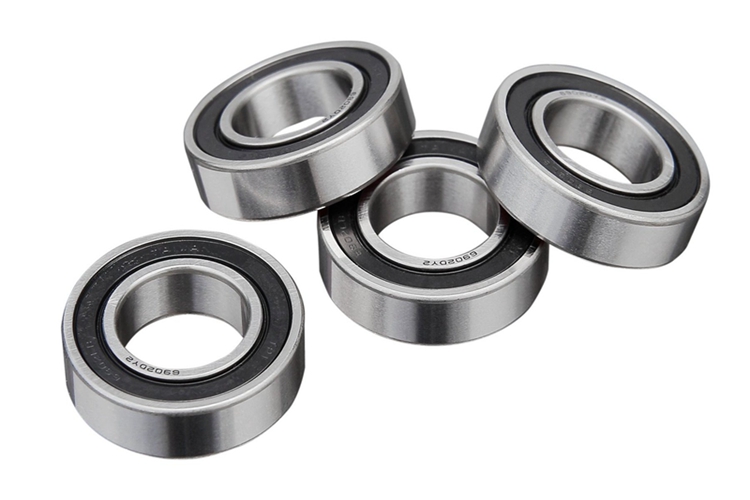Chameleons can quickly change their skin color to disguise themselves or communicate with others. For a long time, scientists all over the world have wanted to simulate their skin, so that people can also have a discoloration suit, and thus effectively invisible. Nowadays, Chinese scientists have developed a mechanical chameleon that can perform color conversion with gold and silver bumps on the skin. The color range covers almost all shades of the visible spectrum. The study was published last month in the ACS Nano.
The researchers for this experiment were Guoping Wang, a materials scientist from Wuhan University. They printed a plastic chameleon in 3D and covered square electronic "scales." Each piece of “scaly†surface has a thin layer of glass film covered with indium-tin oxide underneath—a transparent conductor commonly used in touch screens, video displays, and solar cells. It can help produce “scalesâ€. electric field.
These "scales" of glass film have rows of tiny holes. The researchers poured gold bumps into these holes and covered them with a layer of silver containing gel. When the electric field flows between "scales", depending on the specific polarity of the electricity, it will either cause the silver to settle in the gold bumps or remove the silver from the gold bumps. Then, researchers can easily change the scale color to any shade in the visible spectrum by changing the shape and size of the gold and silver bumps.
To test the research results, the researchers placed a simple color sensor in both eyes of the mechanical chameleon to help it perceive the color of the surrounding environment. As a result, it was found that its scales can quickly and automatically change color and integrate into the surrounding environment.
Previously, the typical study of artificial chameleon skin was based on the movement of colored ink on elastic skin to simulate other animals that can change color (squid, octopus, cuttlefish). Wang said that their team's new device is faster and can produce more colors.
Researchers said that these artificial chameleon scales could be welded into elastic backings in the future to create disguised disguise for military soldiers. The exact name of this device is "plasmon cells," which can also be used in low-power color electronic paper and electronic displays. However, it may be too slow for playing video.
What is a Wheel Bearing?
A wheel bearing is a set of steel balls held together in a metal ring, called a race. At the center of your wheels, there is a hollow piece of metal, called a hub. The wheel bearings fit tightly inside this hub, and ride on a metal axle shaft, helping reduce friction when the wheel spins.
These are different from the engine bearings, as there is no constant source of lubrication for the wheel bearings, which means they need to be tight enough to keep away water and road dust. They also support the entire vehicle weight while driving, which is why they suffer a lot of abuse from rough roads, potholes, as well as lateral forces when turning.



Hub Bearing,Hub Bearing For Toyota,Wheel Hub Bearing,Right Front Hub Wheel Bearing
Shijiazhuang Longshu Mechanical & Electrical Equipment Trading Co., Ltd. , https://www.longsbearing.com
